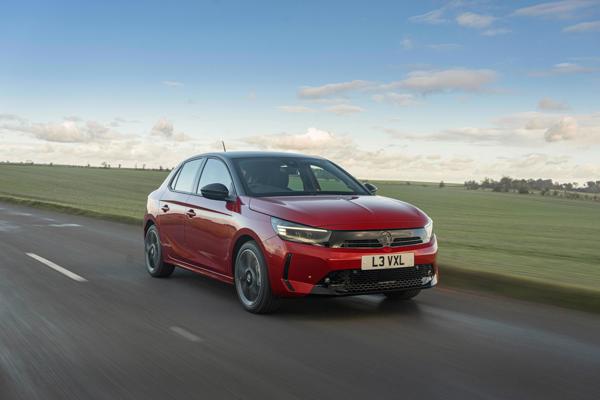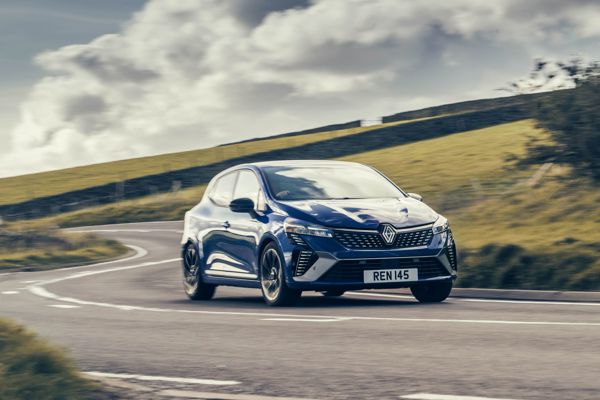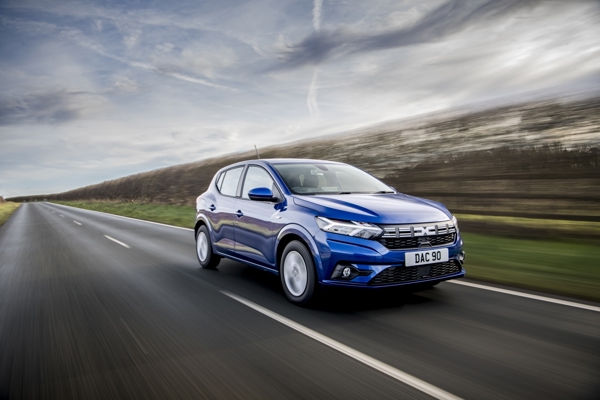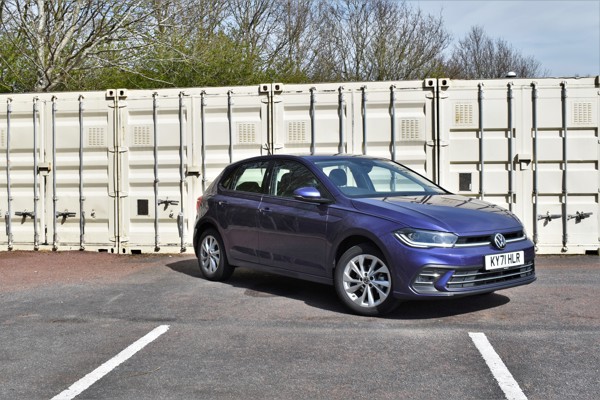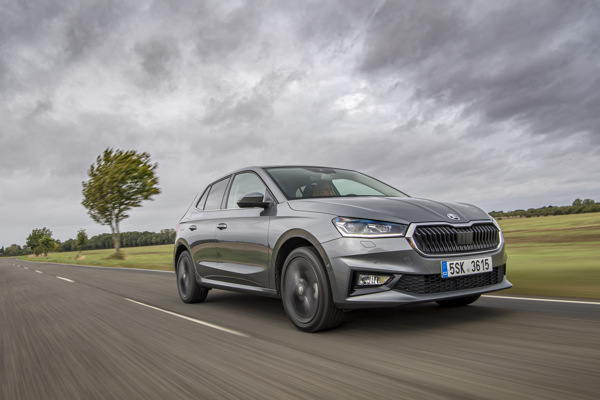Review
Whether an emotional buy or a rational one, good things come in small packages.
The Suzuki Swift has been a huge success since its introduction in 2004, with the current model demonstrating strong credentials as a public sector fleet staple or low-cost pool car.
Suzuki’s recent strategy of offering two similar-sized cars across its range is intended as a rational purchase for one and a more emotional purchase for the other.
Therefore the Celerio city car is the rational choice, while the Ignis city crossover is the emotional one. The same is true for the more judicious S-Cross and the carefree Vitara, while the Swift is meant to be an expressive foil to the Baleno’s cerebral purchase.
We are talking in relative terms, of course, as none of these cars would be terrible choices for fleets, so there’s no need to get twitchy over the ‘emotional’ label for the Swift.
Using a new platform, the Swift has undergone a programme of weight saving, and is now around 100kg lighter than its predecessor. It is also a little roomier with greater width inside, although the car still has a compact footprint, substantially shorter than a Fiesta, Corsa and Clio at 3,840mm.
The 1.2-litre Dualjet engine (producing 90PS) is carried over from the current model, offering CO2 emissions of 98g/km for the five-speed manual – the only transmission available with this engine.
New to the Swift is a 111PS Boosterjet 1.0-litre three-cylinder engine, which is also available with the SHVS mild hybrid, cutting CO2 by 7g/km compared with the standard engine, and making it the lowest of the range at 97g/km.
A six-speed auto is available on the Boosterjet engine but without the SHVS system, which puts CO2 emissions at 114g/km.
The entry-level model at launch will be the SZ3, which comes with standard LED daytime running lights, DAB and Bluetooth connectivity, air-con, electric front windows and privacy glass.
The SZ-T (not available with the 1.2 Dualjet) adds a rear-view camera, smartphone link display, 16-inch alloys and front fog lights. The range-topping SZ5 has upgraded audio, sat-nav, LED headlamps with high-beam assist, adaptive cruise control, automatic air-con, keyless entry and start, reach-adjustable steering wheel and rear-electric windows.
We were only able to try the 1.0 Boosterjet SHVS, which was nippy in the 925kg car. The hybrid system is a motor assist and is unobtrusive. It doesn’t seem to work very hard, but it certainly pays off with lower CO2.
The Swift is still a nimble performer around town and is very easy to drive. The interior has been brought up to date, and despite being a small car with a small engine, it is still capable of comfort at high speed.
Entry-level 1.2 SZ3 models are priced at £10,999 while Hybrids start at £14,449.
Specifications shown for Suzuki Swift Hatch 1.0-litre Boosterjet 111 SZ-T
Author:
Simon Harris
Specs
| Manufacturer | Suzuki |
| Model | Swift |
| Specification | Swift Hatch 5Dr 1.0 Boosterjet 111 €6 SZ-T 17MY |
| Model Year | 0.00 |
| Annual VED (Road tax) | £0 |
| BIK List Price | £13,799 |
| CO2 | 104g/km |
| BIK Percentage | 21% |
| Insurance Group | N/A |
| CC | N/A |
| Fuel Type | Petrol |
| Vehicle Type | Small car |
| Luggage capacity (Seats up) | 5litres |
Running Costs
| P11D | £13,799 |
| Insurance group | N/A |
| Fuel Type | Petrol |
| Cost per mile | 41.56ppm |
| Fuel | 8.70ppm |
| Depreciation | 30.52ppm |
| Service maintenance and repair | 2.34ppm |
Rivals
Info at a glance
-
P11D Price
£13,799
-
MPG
61.4 -
CO2 Emissions
104g/km -
BIK %
21% -
Running cost
3 Year 60k : N/A 4 Year 80k : N/A -
Fuel Type
Petrol



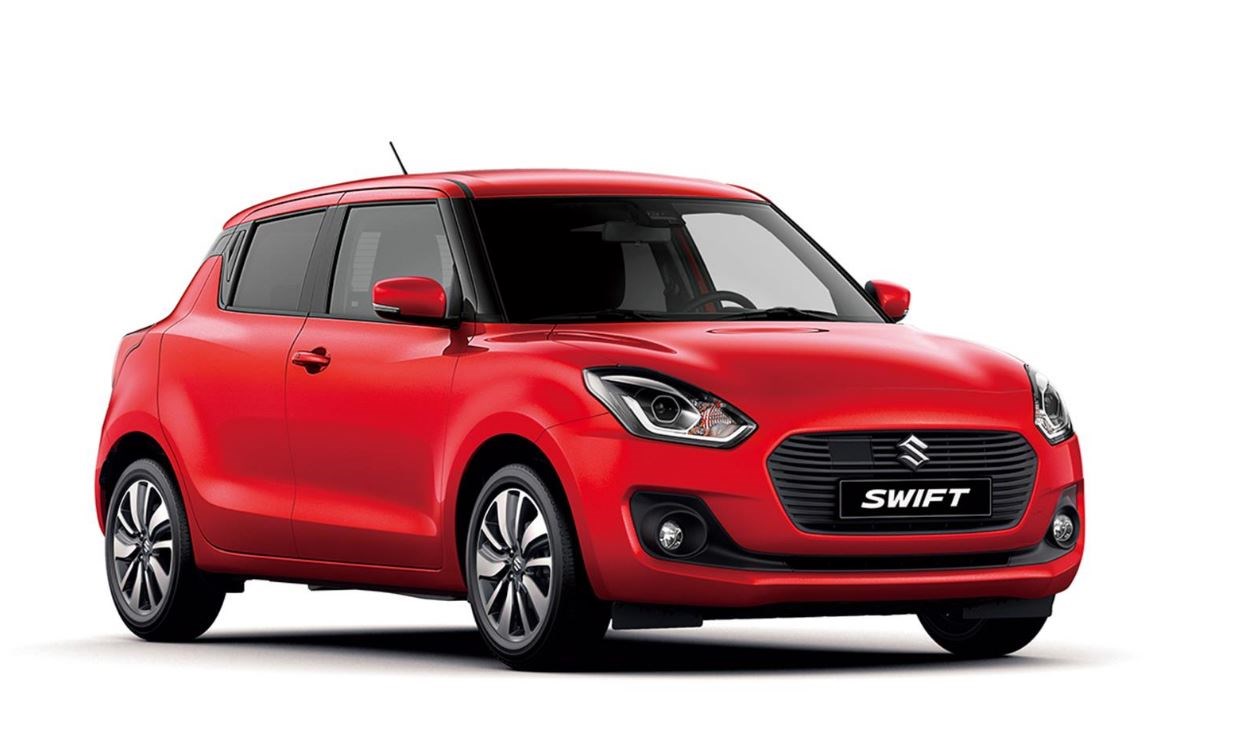
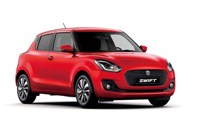
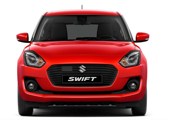
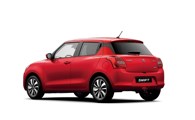
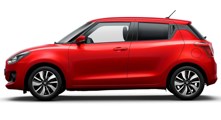
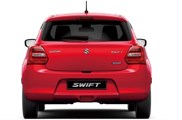

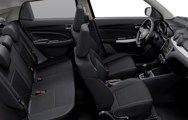
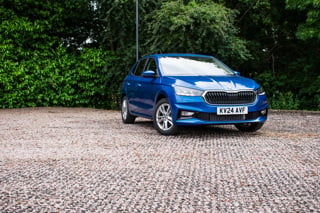
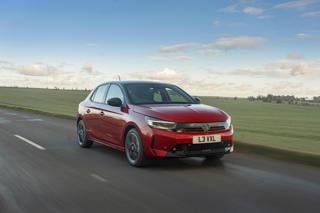
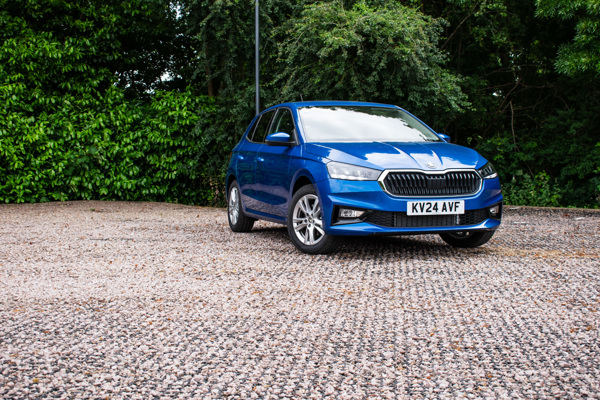
 Petrol
Petrol
